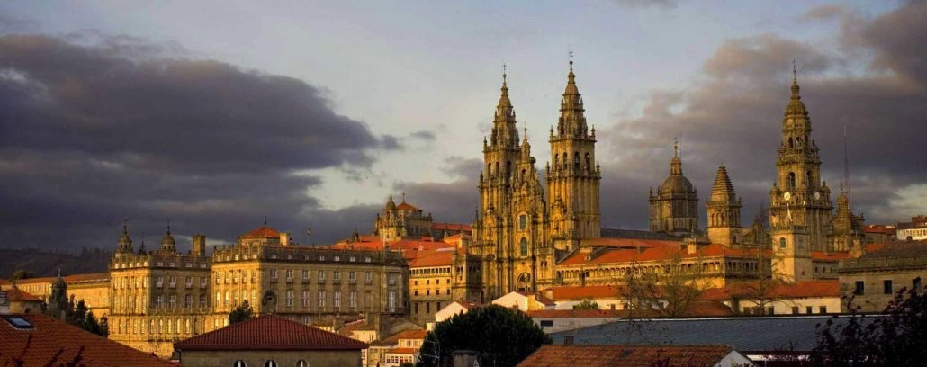Speaker
Description
A crucial problem in Physics is the study of Quantum Phase transitions. In nuclei, one finds shape phase transitions along isotopic chains where the nuclei change for example from a spherical ground state to a prolate one as long as we increase the number of neutrons above a certain critical value. This situation is usually studied in terms of energy ratios of the excited states and B(E2) values but it has been also found that two-neutron transfer reactions are sensitive to the phase transitions through two-neutron intensities, as calculated for example in the framework of the Interacting Boson Model [1-3]. Alternatively, one can find the same change in the shape of the ground state in a scenario different from the standard Quantum Shape Phase Transition. This is the case of shape coexistence, where a progressive mixing of the two phases can produce a sudden change in the dominant shape of the ground state.
Recently, we have been studying the possibility of distinguishing these two scenarios through two-neutron transfer reactions [4,5]. We perform second-order DWBA calculations along two different cases. In the Samarium isotopic chain, we calculate transfer cross section from the two-neutron intensities calculated in the IBM model [1,6]. In the Zirconium isotopic chain, two-neutron amplitudes calculated in Monte Carlo Shell Model framework from T. Togashi and collaborators [7] are considered.
Comparison with experimental data in the Samarium case [8] is consistent with a shape-phase transition, as expected. On the contrary, structure calculations for the Zirconium clearly show a shape coexistence. Two-neutron transfer cross sections reproduce the available experimental data [9] and exhibit a distinctive pattern distinguishable from a shape phase transition. Unfortunately, experimental data is not available in the relevant isotopes.
[1] R. Fossion, C. E. Alonso, J. M. Arias, L. Fortunato, and A. Vitturi, Phys. Rev. C 76, 014316 (2007).
[2] Y. Zhang and F. Iachello, Phys. Rev. C 95, 034306 (2017).
[3] J.E. Garcia-Ramos; J.M. Arias, and A. Vitturi, 2020, Chinese Physics C 44: 124101
[4]A. Vitturi, L. Fortunato, I. Inci, and J. A. Lay, JPS Conf. Proc. 23, 01201 (2018).
[5] J. A. Lay et al., arXiv:1905.12976
[6] P. Jodidar et al., In preparation.
[7] T. Togashi et al., Phys. Rev. Lett. 117, 172502 (2016).
[8] J. H. Bjerregaard. O. Hansen, O. Nathan and S. Hinds, Nucl. Phys. 86, 145 (1966).
[9] E.R. Flynn, J.G. Beery, and A.G. Blair, Nucl. Phys. A 218, 285 (1974)
| Topic | Theory |
|---|

